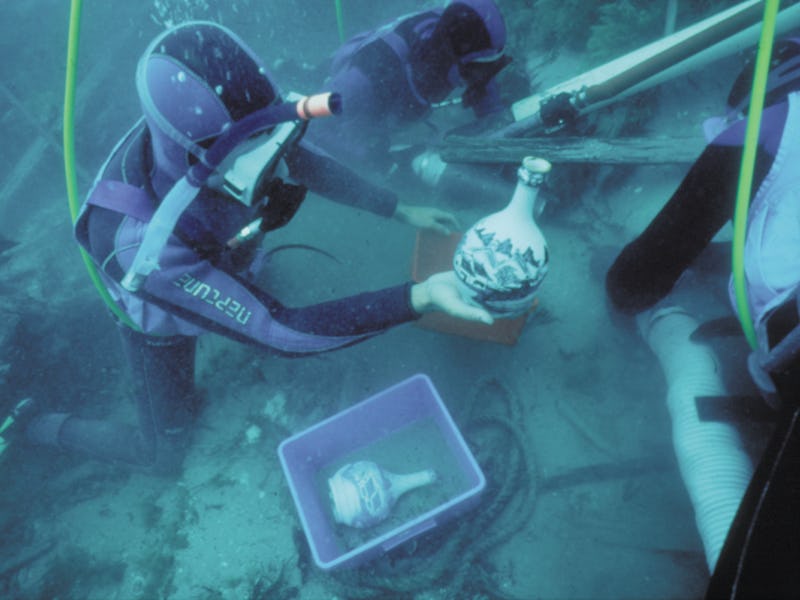Beer Brewed from 220-Year-Old Shipwrecked Bottle Yeast Tastes Pretty Good
It's possibly the oldest yeast ever used to make beer.

Venture down to your local craft beer joint, and you’ll be sure to find plenty of exotic brews. But while the chattering classes twiddle their moustaches, discussing the finer points of Brewdog’s 41% ABV Sink the Bismarck, it’s got nothing on what a team of researchers brewed in an Australian lab.
David Thurrowgood, from the Queen Victoria Museum in Tasmania, worked with the Australian Wine Research Institute to scrape yeast from a bottle found on a 1797 merchant vessel. Divers off the coast of Tasmania retrieved the bottles from a beer delivery that never made it to the Port Jackson destination.
The resulting brew, which made both lager and ale, apparently didn’t taste too bad.
“These are all done at home brew level — it can be pretty hit and miss — but these home brews were very clear,” Anthony Borneman, principal research scientist at the Australian Wine Research Institute, told Mashable Australia in a report published Thursday. “If I was trying to craft beer at a pub, I’d be very happy with it.”
The problem is, it’s hard to say for sure that the yeast was definitely from the old beer. It’s possible the yeast grew later through some rare contamination process. If it is from the old beer, though, it will beat out the previous record set by Carlsberg Research Lab, which brewed a 133-year-old yeast found in one of Carlsberg’s old cellars as the oldest yeast ever brewed into a beer.
Although 220 years may seem like an incredible stretch of time, the history of beer itself stretches back unfathomably further. It has been theorized that one of the pioneers of the agricultural revolution, the Natufian culture based around the Levant, started harvesting grain around 13,000 B.C. to brew beer. One of the oldest companies in the world, the Bingley Arms in Leeds, is a pub recorded in the Domesday Book as existing since 953 A.D. Enjoying a good pint on a sunny afternoon stretches back millenia.
The discovery of these Australian scientists is a rather fitting tribute to a historically important drink, one that may well have spurred humanity to make more useful things, like bread and villages.